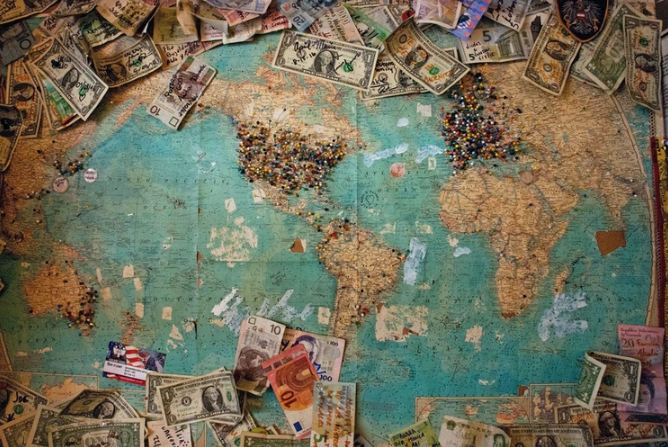There’s a saying that “money makes the world go round” well, it’s true because money is valuable and you can use it in exchange for goods and services all throughout the world. But why do we have a controlled supply of money? Why can’t the government print money and hand it out if they are responsible for regulating it, right? In this article, we are going to answer that question.
Printing of Money Explained
Countries such as Zimbabwe and Venezuela already tried to print more money in an effort to make their economies grow. However, as printing sped up, prices of goods and services rose faster. The next thing they know, they are starting to suffer from hyperinflation; this happens when prices rise by a fantastic amount in just one year.
Back in 2008, Zimbabwe was severely hit by hyperinflation to the point that prices rose to 231,000,000% in just a year. Just imagine, before the inflation, a piece of candy which costs just one Zimbabwean dollar, but a year later, during the hyperinflation, a piece of candy would have cost 231 million Zimbabwean dollars. Goes to show that the amount of paper used to print the 231 million Zimbabwean dollars would cost more than the banknotes printed on it.
For a country to get richer, they have to create and sell more goods or services. That is the only safe way to print more money to avail of those goods and services. If a country only prints more money without making more things, the prices would go up. For example, think of an exceptional vintage car from the ’70s which can be worth a lot of money. No one is making that model anymore, so even if there are a lot of people who can afford it, it does not mean that all of them can own one. So, the sellers of that vintage car will put the price up.
Currently, the only country that can get richer by printing more money is the United States of America because they are already a wealthy country, to begin with. This is mainly because most of the valuable things that countries from all over the world buy and sell to one another are priced in US dollars. This means, if the United States wants to purchase more things, they can simply print more dollars. But, if they print too many, the price of the stuff in dollars would still go up.
Emerging countries can only produce their own currency, but if they print more than they need, the prices of goods and services will go up too fast, and eventually, people will stop using their money. Instead, they will have to exchange goods for other goods or pay in US dollars. This is precisely what happened in Venezuela and Zimbabwe when they were hit by hyperinflation. Venezuela tried to control hyperinflation by passing laws that mandate to keep a low price on essential commodities such as food and medicines. However, the pharmacies and shops eventually ran out of those things.
But a country can get rich by printing more money if it does not have enough money, to begin with. If there’s a shortage of cash, businesses cannot pay all their workers or sell enough. People cannot even loan money from the bank because they do not have enough money either. If this is the case, printing more money allows people to spend more and produce more. This means there are more things to buy as well as enough money to buy them with.
When the global financial crisis happened in 2008, several banks lost a lot of money, and they could not let their customers have it. Fortunately, countries have central banks that help to run other banks. They printed enough money to get their economies up and running again.
When a country has too little money, the prices of goods and services will fall. But, if they print more money when there isn’t more production, prices can rise, which can be just as bad as the first one.
